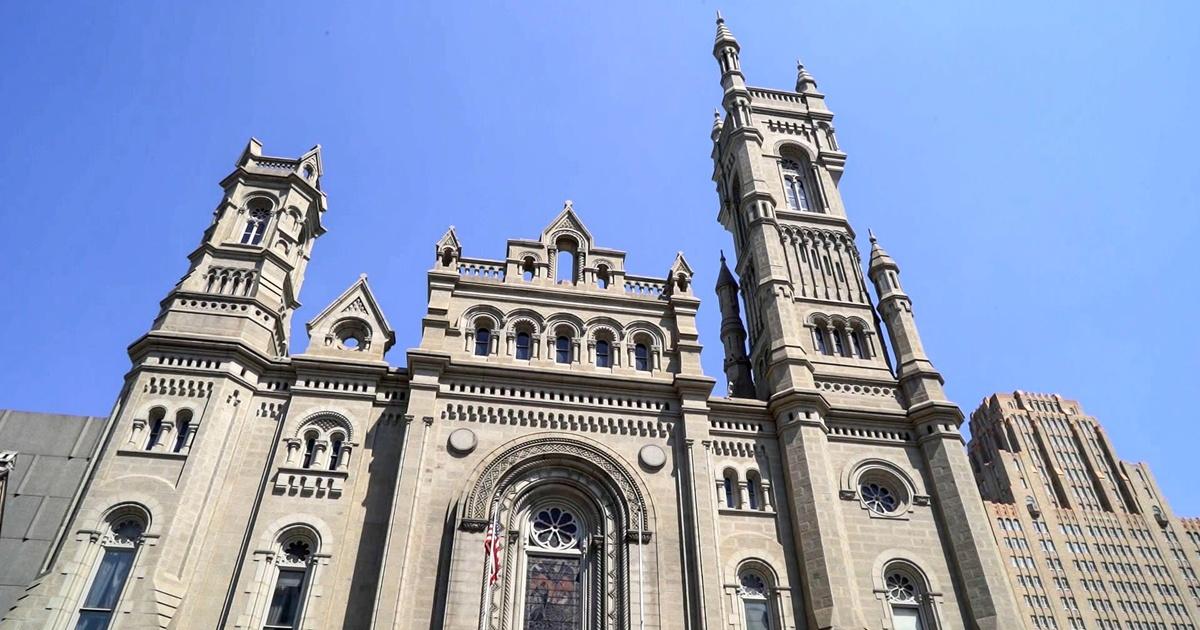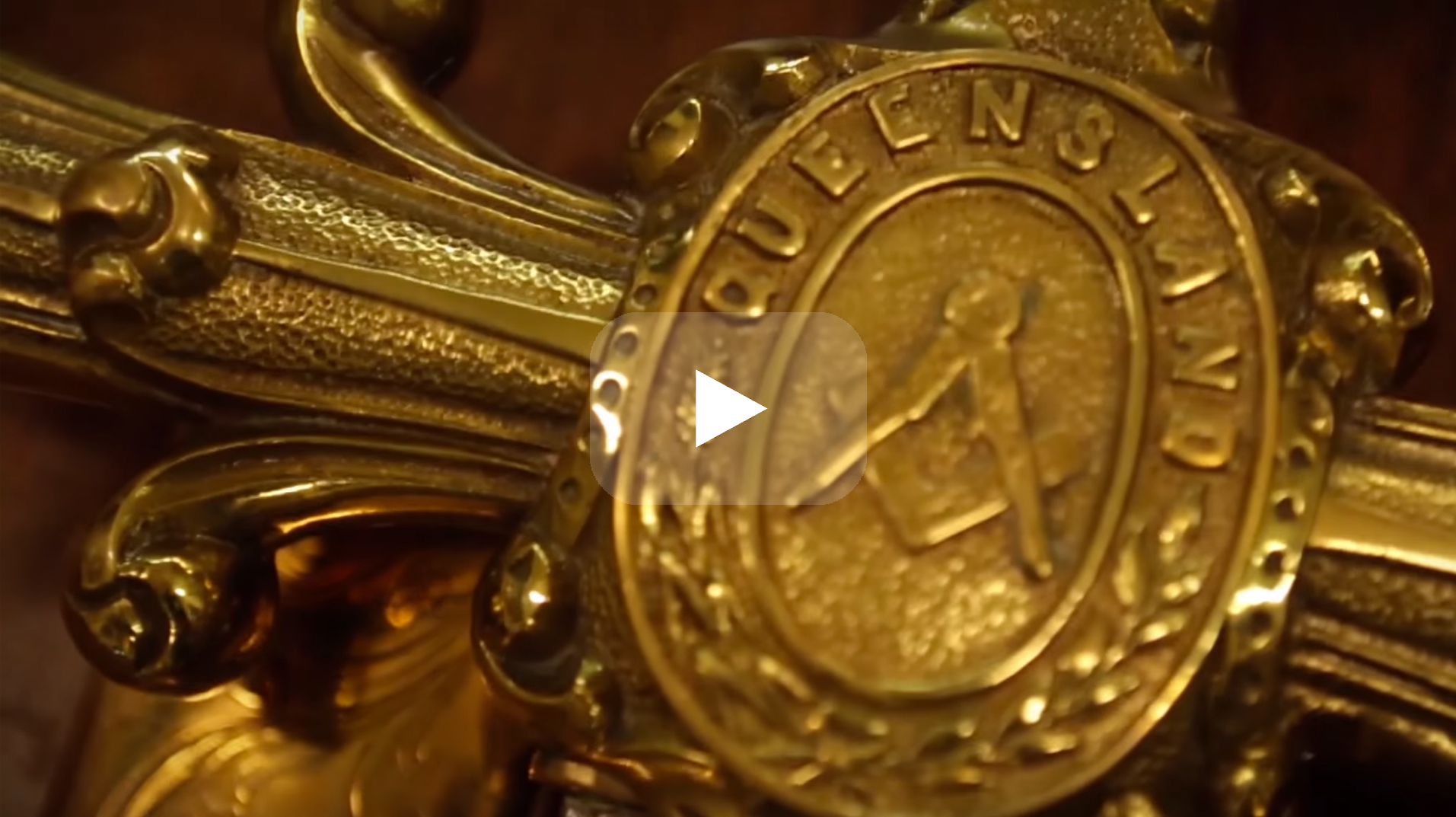The Best Guide to Understanding How to Become a Freemason Quickly
The Best Guide to Understanding How to Become a Freemason Quickly
Blog Article
Checking Out the Mysteries of the copyright: What You Need to Know
The copyright, a term commonly shrouded in intrigue and controversy, stands for a complicated tapestry of historic fact and contemporary myth. Established in the late 18th century, this secret society was at first rooted in the Knowledge's ideals but has because ended up being associated with conspiracy concepts about elite control. As we navigate the origins, crucial figures, and the raw comparison in between myth and truth, one have to consider just how these stories affect modern understandings of power and privacy. What may be revealed through a closer exam of these aspects could test long-held presumptions concerning the darkness that linger in our society.
Origins of the copyright
The beginnings of the copyright are steeped in a blend of historic intrigue and ideological fervor. Developed in 1776 in Ingolstadt, Bavaria, by Adam Weishaupt, the team was initially created as a secret society intended at advertising Enlightenment suitables such as reason, secularism, and the splitting up of church and state. join freemason. Weishaupt, a professor of canon regulation, looked for to test the dominating authority of the church and state, which he viewed as overbearing institutions stifling intellectual and personal freedom
The copyright looked for to hire significant members from different social markets, including politics, academic community, and the arts, to foster a network committed to these Enlightenment concepts. The culture run under a veil of privacy, employing coded language and rituals to shield its participants from oppression, specifically provided the repressive environment of the moment. The copyright encountered considerable resistance from both governmental authorities and spiritual establishments, which checked out the group as a danger to their power.
Secret Numbers and Participants
That were the crucial numbers that shaped the copyright's early influence and instructions? The Bavarian copyright, established in 1776 by Adam Weishaupt, became a response to the overbearing social frameworks of the time. Weishaupt, a regulation teacher, visualized the company as a way to promote Enlightenment suitables such as factor, secularism, and equal rights. His initial employment efforts consisted of influential pundits, such as Baron von Knigge, who played a critical duty in broadening the team's subscription and business structure.
An additional significant figure was Johann Gottlieb Fichte, a famous philosopher whose ideas on nationalism and education and learning resonated with the copyright's goals. Although Fichte was not an official member, his philosophical foundations influenced the team's belief. Additionally, figures like the author and theorist Johann Wolfgang von Goethe were connected with the broader intellectual motions of the moment, although their straight participation with the copyright remains debated.
These vital numbers added to the copyright's early direction, pushing the boundaries of political and social idea, while their collective efforts intended to test well-known standards and promote an environment of modern modification in Europe. (join freemason)
Misconceptions vs. Truth
Numerous false impressions border the copyright, often blending truth with fiction in a means that covers its true nature. The notion that the copyright continues to apply significant influence over world events is a myth.
An additional prevalent myth is that the copyright comprises a network of elite people manipulating worldwide events. Actually, several conspiracy theory concepts overemphasize the team's importance, attributing unproven motives to societal patterns and occasions. This has actually resulted in an oversimplified view of complicated issues.
In addition, the representation of the copyright in popular society frequently additional distorts its tradition. Movies and literature often tend to sensationalize the organization's role, producing a story that diverges from historical facts. Comprehending the difference between the myths and the fact of the copyright is essential for discerning the authentic impact of this historical group and acknowledging the broader ramifications of conspiracy theories in modern society.

Modern Interpretations
Contemporary analyses of the copyright typically reflect wider social stress and anxieties and an attraction with secrecy and power. This contemporary lens regularly connects the copyright with conspiracy theories that recommend a concealed elite manages globe occasions, adjusting governments and economic climates for their own gain. Such narratives take advantage of an ingrained suspect of authority, specifically in times of crisis or social upheaval.
In popular culture, the copyright is commonly illustrated as a divine organization shrouded in secret, causing a plethora of imaginary representations in literature, film, and music. This representation offers not only to entertain but additionally to prompt believed regarding the nature of power and control in modern culture. Social media has further intensified these interpretations, allowing for fast circulation of conspiracy concepts and producing communities that share and broaden upon these concepts.
Furthermore, some modern-day analyses frame the copyright as an allegory for the complexities of globalization and the interconnectedness of prominent individuals and organizations. This point of view encourages an essential evaluation of how power characteristics run in today's world, highlighting the balance between openness and privacy in administration and business practices.
Social Influence and Tradition
Influenced by centuries of intrigue, the cultural influence and tradition of the copyright expand much beyond its historic origins. This secret society, developed in the late 18th century, has actually penetrated different elements of preferred culture, from literary works and film to music and art. join freemason. The principle of the copyright has actually progressed right into a sign of conspiracy theories, frequently representing a perceived surprise power manipulating worldwide events
In literary works, writers like Dan Brown have actually woven the copyright into complex stories, captivating visitors with styles of secrecy and power. Movies such as "National Prize" and "The Da Vinci Code" further perpetuate the appeal of the culture, mixing truth with fiction to create engaging stories.

Eventually, the copyright's heritage is how to join a masonic lodge a complicated tapestry of myth and truth, shaping understandings of privacy and control in modern discussion. Its enduring presence in culture emphasizes humankind's perennial quest for understanding surprise facts.

Final Thought
The exploration of the copyright discloses a complicated interplay in between historical facts and contemporary myth-making. Established in the Enlightenment era, this culture intended to test oppressive structures, yet its heritage has actually been overshadowed by conspiracy concepts that recommend elite adjustment. Understanding the distinctions in between the original ideals and contemporary interpretations is necessary for understanding the sustaining fascination with the copyright and its substantial influence on cultural stories bordering power and privacy in society.
Report this page